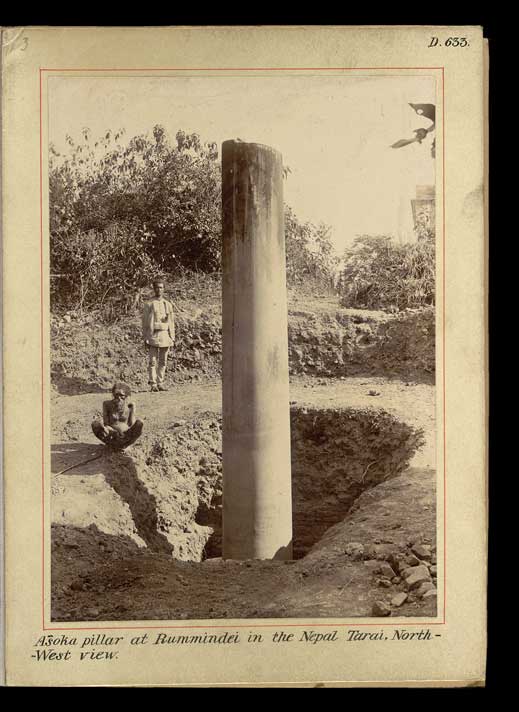Cost of Conflict is a series of studies by journalists about the effects of the decade-old conflict on the nation’s protected areas and conservation. This book has curious contradictions.
The main chapters cover 11 of Nepal’s 15 protected areas, including two of the three conservation areas (Kanchenjunga, Manaslu), all three wildlife reserves (Koshi Tappu, Parsa, Suklaphanta), and six of nine national parks (Bardia, Chitwan, Rara, Sagarmatha, Shey-Phoksundo and Shivapuri). There are also sections on forestry.
The book deals with the impact of the conflict on programs, infrastructure, natural resources, research, and conservation efforts in Nepal’s protected areas, as well as people and the economy.
Protected areas cover over 20% of Nepal’s landmass, one of the highest ratios in the world. These “natural crown jewels” are major tourist attractions. Since the conflict began in 1996, the vulnerability, natural cover and presence of valuable resources in protected areas and forests have attracted the insurgents. The army, too, has also played a critical role. All protected areas are affected, resulting in an immense decline in conservation activities, in scientific studies necessary to monitor and protect ecosystems, and in tourism. In short, the conflict has seriously undermined Nepal’s remarkable conservation record and associated economy.
Much is made of the negative effects of conflict on parks, reserves, buffer zones and forests. These include using forests as safe havens to launch attacks on public infrastructure and security forces, threats to security and conservation personnel, significant human tragedy (caused by both sides), uncontrolled wildlife poaching, illegal logging and herb collection, reduction in donor funding, and shrinking tourism arrivals.
The book’s contradiction comes with identification of the positive effects of the conflict. The editors say that in some areas, the presence of the army and insurgents in parks has “greatly discouraged poaching”, that “both forests and wildlife have actually flourished over the years”, and that some insurgents are “taking a keen interest in conservation”. It seems that the insurgents more often tax poachers than stop them, and that the army is also guilty of poaching wildlife. And flourishing forests: at what cost? Villagers are simply too scared to enter forests controlled by either side. A positive effect that cannot be faulted, however, is the new awareness among government officials and project staff about human, community and conservation needs and more sensitive, transparent and accountable development strategies. But clearly, the conflict’s negative effects far outweigh the positive.
Some interesting facts emerge from the studies. At Kanchenjunga, for example, the empowerment of women in Aama groups serves to check some negative behaviors by other community members. Nonetheless, in all protected areas security forces and conservation officials have had to seek the safety of park and district headquarters. And, the number of guard posts in protected areas has been greatly reduced, leading to increased degradation of associated infrastructure and resources.
Overall, the conflict has been devastating to conservation. It will take decades to recover Nepal’s proud gains in sustainable natural resource management.
This book is revealing and sobering, but somewhat flawed. There are puzzling omissions. The Annapurna Conservation Area, Langtang, Makalu Barun or Khaptad National Parks are missing from the study. There are many spelling and grammatical mistakes, as well as factual errors. For example, the Bote fishermen of Chitwan are not related to the so-called “Bhote” of the northern border and Tibet, the “tiger skins” in some photos of the book are actually leopard pelts and some Table of Contents page numbers are incorrect.
Regardless, this is an important book on a crucial topic, especially now as the nation begins to mend the wounds of conflict.
238 pp. Price: NRs. 700/- (hdbk),
NRs. 500 (pbk).

Nepal's Preserved and Fermented Wonders
...










